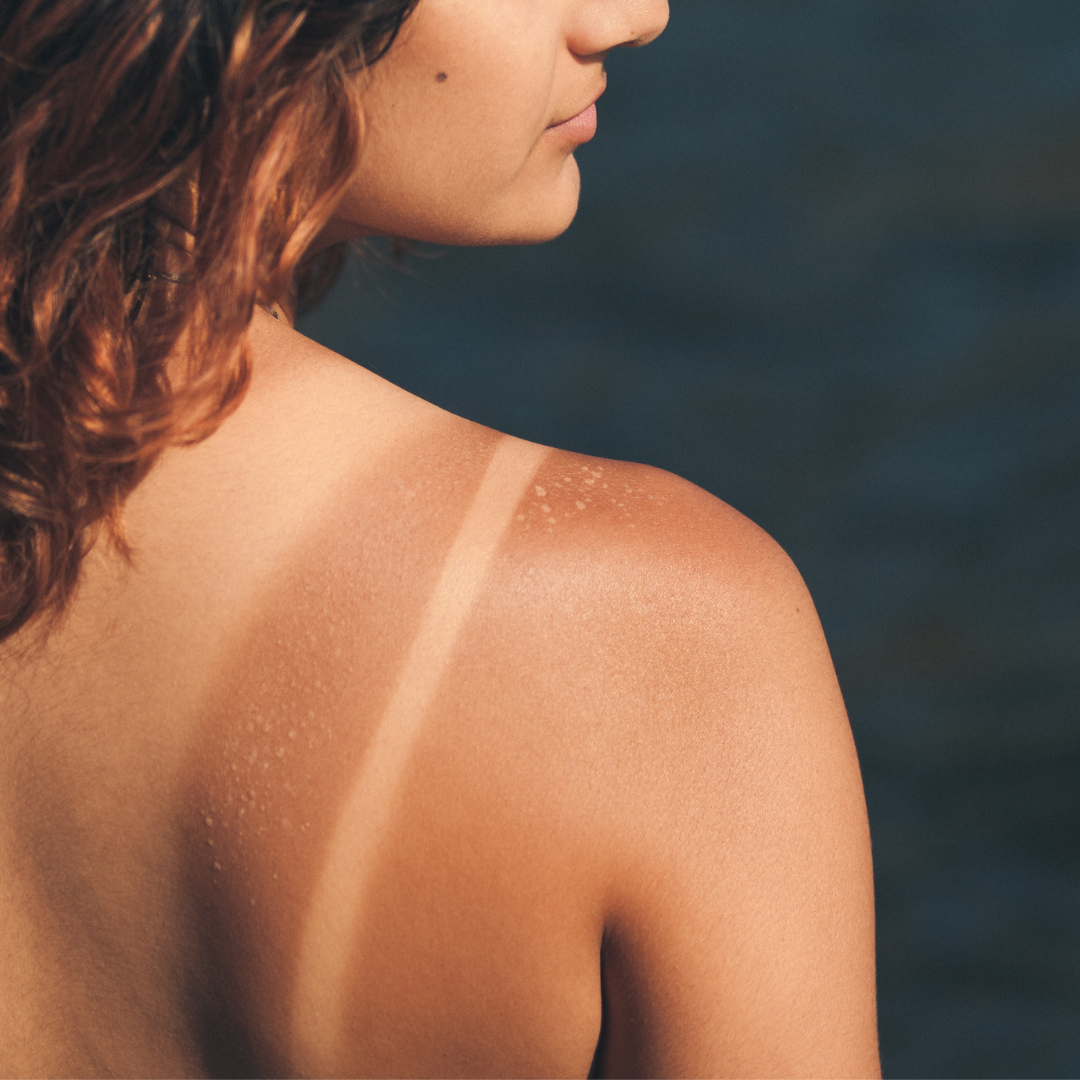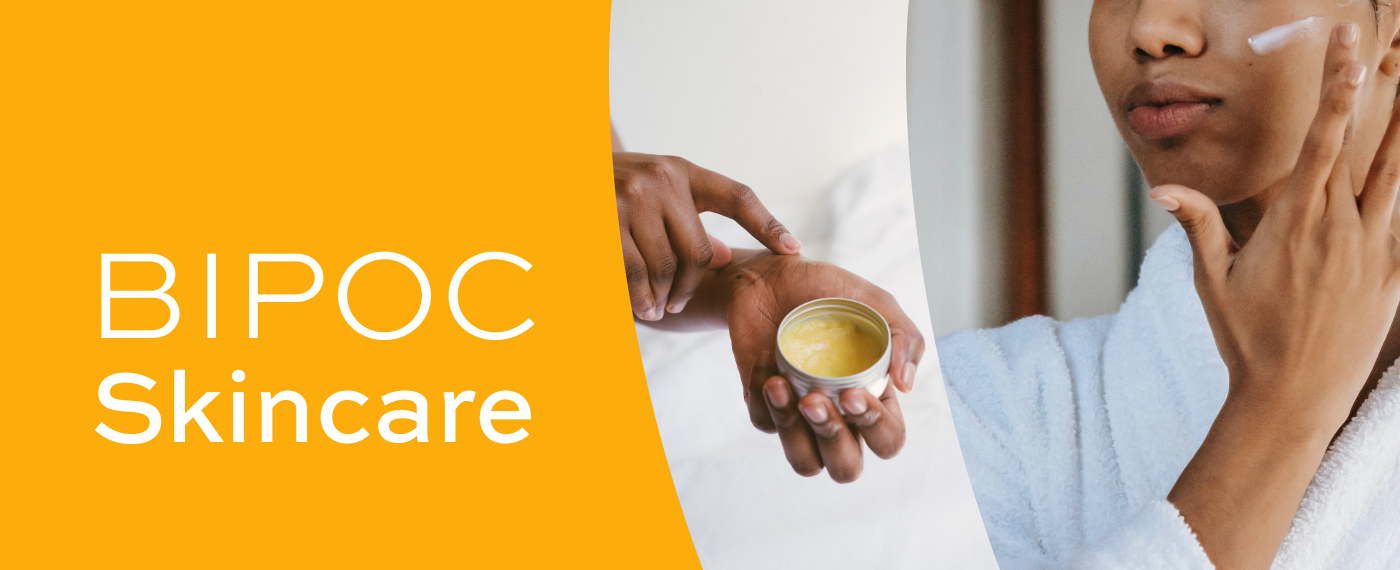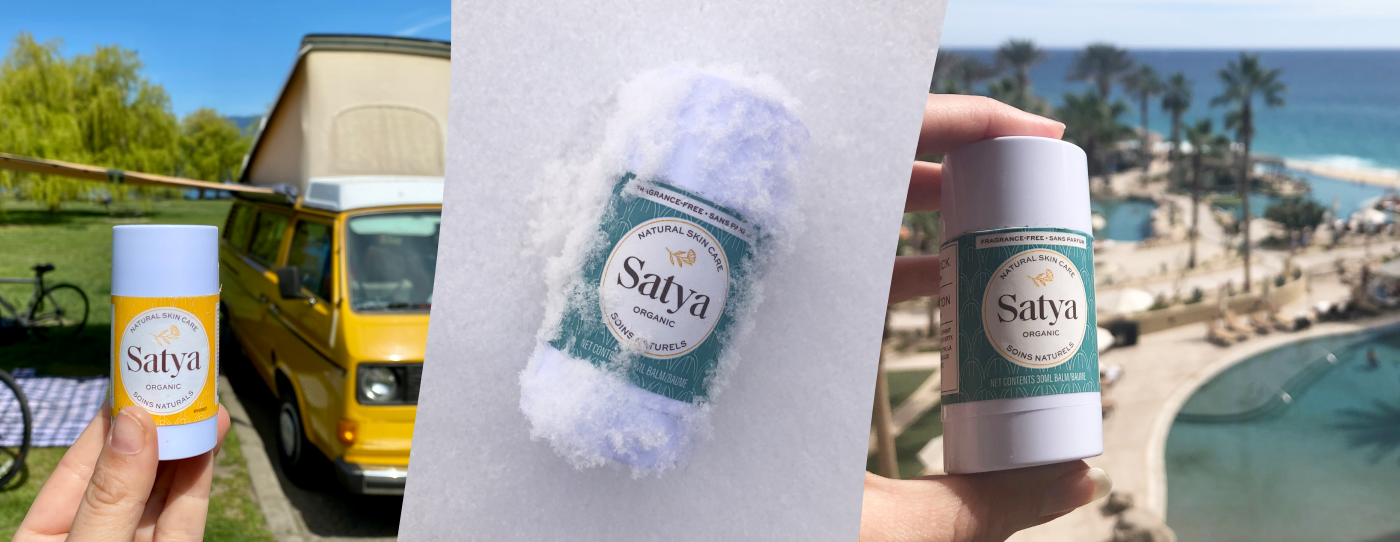
SPF — our favourite acronym! Sun protection is essential for everyone, no matter where you live, what time of year it is, or how old or young you may be.
We all love ourselves some cheeky fun in the sun, but what we love more is protecting our skin to last us for many more years to come. Read on to uncover our best tips for navigating the world of sunscreen, especially for eczema-prone and sensitive skin.
Chemical vs. Mineral: Types of Sunscreen
Sunscreens come in two main categories:
Chemical Sunscreens
Chemical sunscreens are formulated with active ingredients that penetrate the skin to absorb UV rays from the sun. The rays are then converted into heat and released from the body.
Oftentimes, chemical sunscreens contain active ingredients such as oxybenzone, octinoxate, homosalate, octisalate, octocrylene, and avobenzone. Unfortunately, these synthetic ingredients have yet to be classified as safe and effective, and are also known to cause allergic reactions. The heat-generating process in chemical sunscreens can also result in burning sensations, redness, and inflammation for eczema-prone and sensitive skin.
Any sunscreen is better than no sunscreen, but if we had to choose, chemical sunscreens would not be our top choice.
Mineral / Physical Sunscreen
Instead of being absorbed into the skin, mineral or physical sunscreens sit on the surface of the skin, physically blocking and reflecting the sun’s UV rays. They are usually formulated using minerals like zinc oxide or titanium dioxide, both of which are deemed safe and effective by the FDA and are ingredients required by the National Eczema Association. Mineral ingredients are also better tolerated by sensitive skin as they’re less likely to cause skin reactions.
Between the two, mineral sunscreens are your best bet for safe, effective, full-spectrum sun protection.
Other Sunscreen Considerations
When selecting your sunscreen, look out for these key features as well:
Broad-spectrum: Sunscreens labelled as being broad-spectrum mean that they’re formulated with ingredients that will protect from both UVA and UVB sun rays.
SPF: SPF stands for Sun Protection Factor, which represents the relative amount of time a given sunscreen can protect you from UV rays.
Fragrance-free: For those of us with eczema or sensitive skin, a sunscreen that is free from synthetic scents and fragrance is essential.
Water-resistant: Sunscreen isn't effective if it's being washed off! Water-repellent sunscreens help to maintain your SPF protection for up to 40 minutes if you’re going to be swimming or sweating a lot.
Sunscreen: Myth or Fact
Myth or Fact: Sun exposure is good for you.
FACT-ish: Researchers have found that moderate doses of sun rays can have a protective effect on the skin… but only when lots and lots of sun protection is also present (think sunscreen, protective clothing, and UV sunglasses).
Moderate sun exposure helps:
- Increase vitamin D production to create antimicrobial compounds that reduce inflammation
- Reduce bacteria growth on the skin
- Moderate immune activity to limit inflammatory signals sent to the skin’s surface
After just 15 minutes in the sun, our vitamin D receptors are fully saturated, so limiting your sun exposure to less than 30 minutes is ideal.
Reminder: Too much sun exposure can lead to skin discolouration, aging, and sometimes even skin cancer.
Myth or Fact: I only need sunscreen on sunny days!
MYTH: UV rays are harmful in all seasons, even on cloudy days or when present through windows.
To protect from sun damage, apply sunscreen everyday on all exposed skin. Your skin will thank you later.
Myth or Fact: Higher SPF provides more protection.
MYTH: A sunscreen with an SPF of 30 will block 97% of the sun’s rays.
Sunscreens that boast SPF 100 may sound great, but they really only offer false reassurance. High-SPF products also require higher concentrations of sun-filtering chemicals, some of which can be potentially harmful. High SPF sunscreens only block 1 to 2 percent more UV rays than standard sunscreens — no sunscreen can block 100% of the sun’s rays. That’s why proper application of broad-spectrum SPF 15-50 sunscreens is best!
The key: reapplying. All sunscreens provide protection for two hours or less regardless of SPF, so reapply often to reap the full benefits!
6 Key Sunscreen Tips
☀️ Apply thickly: 2 finger-lengths on your face and 1 shot glass full on your body!
💦 Reapply often: All sunscreens provide a maximum of 2 hours of protection. Reapplying is key, no matter how high the SPF claims to be.
✨ Choose mineral-based: Look for fragrance-free, mineral-based sunscreens that don't contain harmful ingredients like oxybenzone. Mineral-based sunscreens also cause less irritation and allergy!
🏊 Choose water-repellent: If you know you’re going to be swimming or sweating up a storm, apply a water-repellent sunscreen to get 40 minutes of solid sun protection.
🌏 Creams > Spray: Creams provide better sun protection than spray-on sunscreens. Plus, they're better for the planet!
👎 Avoid super-high SPFs: Sunscreens that boast high SPFs really only provide a false sense of security and a negligible amount of extra sun protection. When used and reapplied correctly, sunscreens with SPF 15-50 provide great protection!
Pro-tip: Still got a sunburn?
Soothe, relieve, and restore your skin naturally with Satya!
Satya’s signature skin relief formula is a natural anti-inflammatory formulated without steroids or harsh chemicals. Approved by Health Canada, Satya is made with only USDA Certified Organic ingredients that are proven to effectively relieve any itch, irritation, and inflammation, including sunburns!
Satya is gentle enough to be applied anywhere on the face and body (including around the eyes and on the lips), making it a great full-body skin solution for all of your sunny adventures.
P.S. The Satya Oat Bath is also a HUGE hit for sunburns! Soak in a luxurious blend of soothing colloidal oatmeal and full calendula blooms for instant post-sun relief. 🔥
---
The information provided in or through this blog post is for educational and informational purposes only. Information provided on Satya.ca is not intended to be a substitute for professional medical advice or mental health advice.
Always seek the advice of your own Medical Provider and/or Mental Health Provider regarding any questions or concerns you have about eczema or specific skin conditions.



